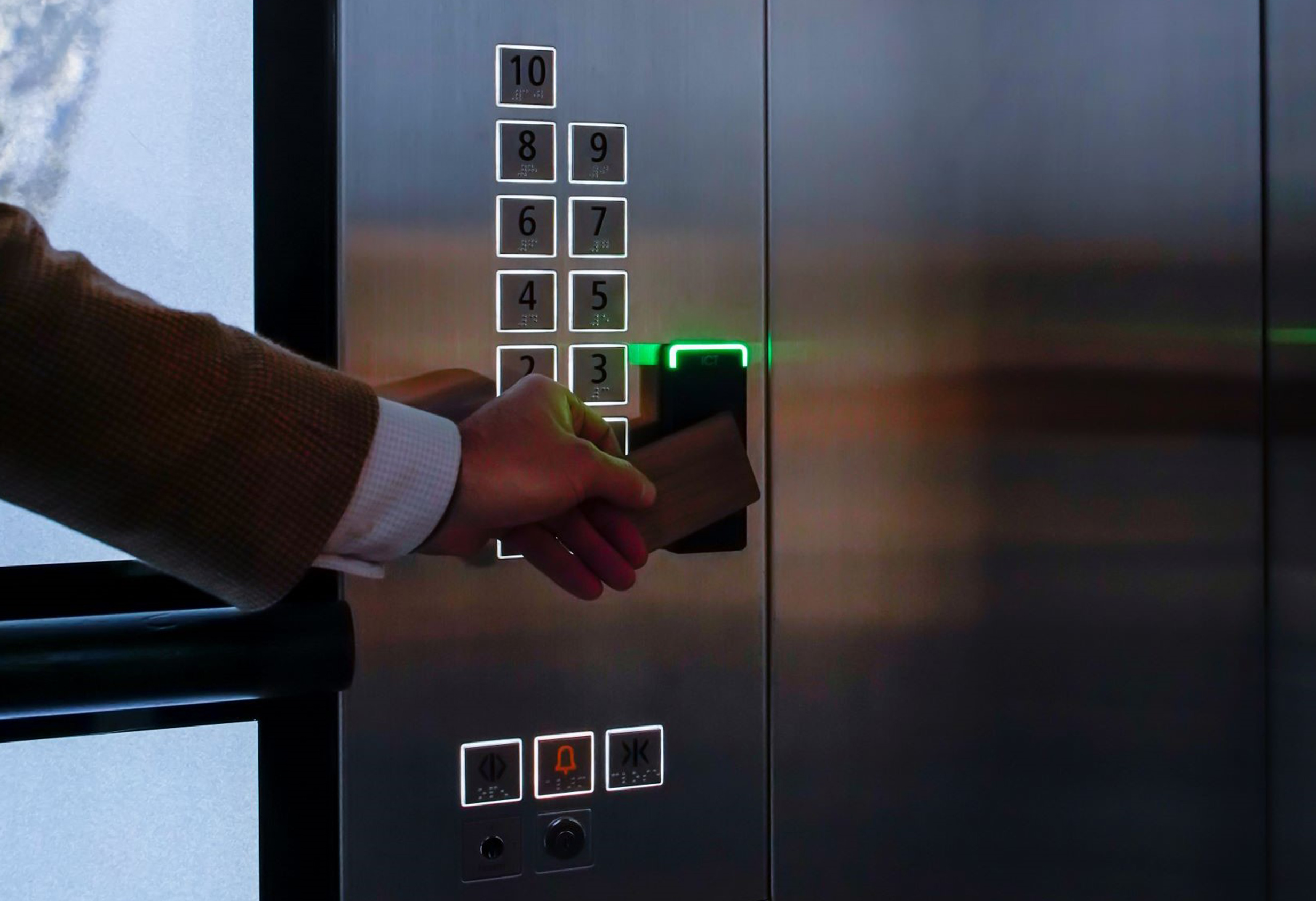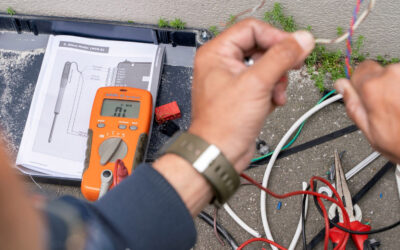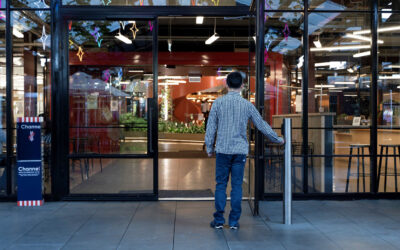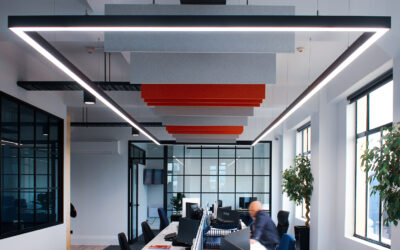Access control systems (ACS) are pivotal in ensuring the security and controlled access in and around buildings, making them indispensable for various institutions and businesses in New Zealand. These systems empower administrators with the ability to control who enters or exits the premises, thus acting as the first line of defence against unauthorised access. With the integration of modern technologies such as card readers, biometric scans, and electronic locks, ACS have transcended traditional lock and key systems, offering a more secure and manageable solution.
The importance of ACS is underscored by the recent adoption of new standards in New Zealand, which seek to harmonise the practices and products across the supply chain, from manufacturers to installers and end users. The new standards, AS/NZS IEC 60839-11-1:2019 and AS/NZS IEC 60839-11-2:2019, which were approved by the New Zealand Standards Approval Board in December 2019, delineate the minimum functionality, performance requirements, and test methods for electronic access control systems and components used for physical access in and around buildings.
The adoption of these standards signifies a milestone in elevating the quality and reliability of access control systems in New Zealand and providing a clear framework that guides the design, installation, and maintenance of ACS, ensuring they meet the contemporary security challenges efficiently. The standardisation facilitates a common language within the industry, simplifying understanding for end users and professionals alike, and fostering a conducive environment for innovation and adaptation to evolving security needs.
The inception of modern access control systems not only augments the security apparatus but also aligns New Zealand with global best practices, ensuring that the security infrastructure is robust, reliable, and fit for purpose. As New Zealand continues to adapt to the dynamic security landscape, the role of access control systems, bolstered by the new standards, will remain instrumental in safeguarding the integrity of physical premises and by extension, the safety and security of individuals and assets therein.


Controlled Entry and Reduced Unauthorised Access
Access control systems (ACS) have revolutionised the way building security is managed in New Zealand, enabling the delineation between authorised and unauthorised entities. They provide a robust framework ensuring only individuals with the necessary permissions can enter restricted areas, thereby minimising the risks of unauthorised access, theft, or vandalism. Unlike traditional lock and key systems, which can easily be compromised, lost, or copied, modern ACS technologies like key cards, biometrics, or PINs offer enhanced security and oversight at sensitive entry points.
The core of ACS lies in its ability to provide a centralised platform for managing employee credentials, entrance security, and tracking. Through this, administrators have complete control over who can access restricted areas, and can even monitor real-time access events, thereby significantly reducing security vulnerabilities and potential risks. ACS also records the exact time of day when individuals have entered and exited the building, a feature that proves invaluable in cases of disputes, potential issues, or data breaches.
A notable aspect of ACS is the management of access based on roles and responsibilities, ensuring a structured and organised approach to building security. This smart system not only manages who, where, and when someone can enter different areas of the property but also provides crucial information during emergencies, highlighting the indispensable role of ACS in modern-day security management.
The contrast between traditional and modern access control systems is stark. While the former relies on physical keys, the latter leverages advanced technologies to provide a seamless, secure, and more manageable solution. The fine-grain control that ACS provides over access to various parts of a building, coupled with real-time monitoring and audit trails, showcases the evolution of building security systems, aligning them with the contemporary security challenges faced by institutions and businesses in New Zealand.

Advanced Features and Integration
In this segment, we delve into the integration of Access Control Systems (ACS) with other security apparatus and the incorporation of advanced authentication mechanisms to bolster security. ACS in New Zealand are designed to work in unison with a variety of security measures, creating a robust security infrastructure. They can be integrated into a comprehensive security plan encompassing electronic locks, intercom systems, security video surveillance systems, and even heating & cooling systems to some extent. Commercial establishments find it increasingly beneficial to amalgamate their Alarm system, CCTV system, and Access Control system onto a unified management platform. This integration facilitates a seamless management of the combined Alarm/Access Control System through a singular software or workstation, thereby enhancing the security oversight and response in real-time. Furthermore, the integration extends to indoor or outdoor intrusion detection and CCTV surveillance systems, offering a higher level of security and protection. It also provides a platform to set up entry and exit rules based on security and control requirements, with the capability to remotely monitor the site.
On the other hand, Biometric Authentication is a significant leap from traditional authentication methods. Biometric Access Control Systems are heralded as the most secure form of access control technology, utilising unique physiological traits like facial recognition, fingerprints, or hand geometry for authentication. Unlike keys or cards, these unique traits are intrinsic to individuals, thereby significantly reducing the likelihood of unauthorised access. Modern biometric controls have evolved to become incredibly accurate, convenient, and affordable. They offer a rapid authentication process, with some terminals functioning in as little as 0.5 seconds, eliminating the need for distributing and collecting smart cards. Furthermore, they ensure a high level of security as faces or thumbs cannot be duplicated or shared with colleagues.
Time-based access is another feature that enhances security by regulating access based on pre-set schedules. Administrators can set time-based restrictions to manage access during designated hours, ensuring that individuals can only access the building during their allocated working hours. This feature is particularly useful in a business setting where different levels of access may be necessary at different times. For instance, certain areas might be off-limits after business hours. Time and attendance modules integrated within the ACS enable an accurate tracking of individuals’ entry and exit times, contributing to operational efficiency and compliance with working hour regulations. This amalgam of advanced features and integrations not only fortifies the security apparatus but also renders a flexible, user-friendly, and efficient system conducive to a secure and productive work environment.
Operational Efficiency and Scalability
Access Control Systems (ACS) significantly enhance operational efficiency and scalability in various ways, tailored to the requirements of different building sizes and organisational needs. One of the primary benefits is the reduction in key management hassles. Traditional key management can be cumbersome, especially in large organisations. Lost credentials pose a security risk that can be costly and time-consuming to rectify. ACS eliminates these issues by replacing physical keys with more secure and easily manageable alternatives such as access cards, pin codes, or biometric data.
The scalability of ACS stands out prominently. These systems are crafted to adjust to the evolving needs of an organisation, whether it concerns a single-door setup or a multi-dwelling apartment block. The versatility, flexibility, and scalability of ACS ensure that real-world security challenges are addressed effectively, irrespective of the building size. As an organisation expands or its needs shift, the access control system can adapt seamlessly to meet those new demands without the necessity for a complete overhaul.
Compliance and reporting are other crucial aspects where ACS come into play. In New Zealand, buildings are required to comply with specific codes, and ACS helps in achieving and maintaining this compliance. The systems provide a comprehensive audit trail, ensuring that all entries and exits are logged and can be reviewed when needed, aiding in reporting and compliance with industry and government regulations. On the cost-saving front, while there’s an initial investment, ACS can lead to significant cost savings in the long run by reducing the need for security personnel, minimising risks associated with unauthorised access, and potentially lowering insurance premiums. The reduced time and resources spent on managing keys and reacting to security issues allow for a more efficient operation, which, in turn, translates to cost savings.






